Apparition of Jesus on the way to Emmaus
Oil on copper, 28 x 22 cm
With frame, 37 x 31 cm
The biblical episode that is depicted on this copper is the appearance of Jesus on the way to Emmaus, which occurred three days after his death. Along the way two of His disciples were walking along to reach the village of Emmaus, about twelve kilometers from Jerusalem. Absorbed in their thoughts they were joined by a stranger who began to talk with them about the recent events that happened to Jesus the Nazarene, also mentioning his alleged resurrection. The next episode is the dinner at Emmaus, at which time the two disciples recognize their master as he blesses the bread and then suddenly disappears from their sight. In the Gospel of Luke (24, 14-35) this journey undertaken on the evening of the Resurrection of Christ by Cleopas and another of his disciples is recounted, whose name is not specified and which theologians have not been able to identify with absolute certainty in the following centuries; despite this, the episode enjoyed enormous success, above all for the catechetical value of the recognition of Christ and divine action in everyday life but also for the close connection with the dinner episode: in fact, since the Renaissance both scenes have been widely represented through different and varied settings, clothes and compositions. In this case the copper painting technique makes the pictorial corpus brighter and more fluid, enhancing the chiaroscuro effects of the drapery and giving greater liveliness to the colors of the background and the elements of the surrounding vegetation. The lenticular treatment of the golden embroidery, the halo of Christ, the foliage and the background architecture balances perfectly with an orderly and structured layout around the three characters, arranged progressively along a diagonal line that allows them to be observed in their singularity as well as in the dialoguing and cohesive whole of the group on the move. The increase in the production of the metal support between the sixteenth and seventeenth centuries is due to various factors: from the improvement of quarry extraction techniques to the invention of the rolling mill (first examples of roller presses, powered by water mills, appear in Leonardo's Codex Atlanticus) which, with mechanical beating, allowed regular sheets to be obtained quickly and without melting. Copper foil proved ideal for oil painting as it constituted a non-absorbent, rigid, smooth support characterized by the same reddish color that was used for the preparation of the primers; these characteristics were appreciated by artists from all over the European continent and in particular by Flemish ones, both for the qualities of the support and for the availability of this material in Flanders: the major production centers were in fact Antwerp, Hamburg and Amsterdam, all cities linked to the monopoly that this metal was held by the Fugger family. This same copper can be traced back to Flemish production given the descriptivism of the scene in its smallest details, such as the play of light on the foliage, to the cold tones rendered with a unifying light and a more open spatiality despite the small size of the support. Two versions are known in a private collection but of unknown location which reflect the same group of characters, a factor indicative of the existence of a common model. The RKD actually reports that a model can be found in an engraving by Johannes Sadeler taken from an original by Marteen de Vos. Similar subjects are also evident in Julius Goltzius' engravings.


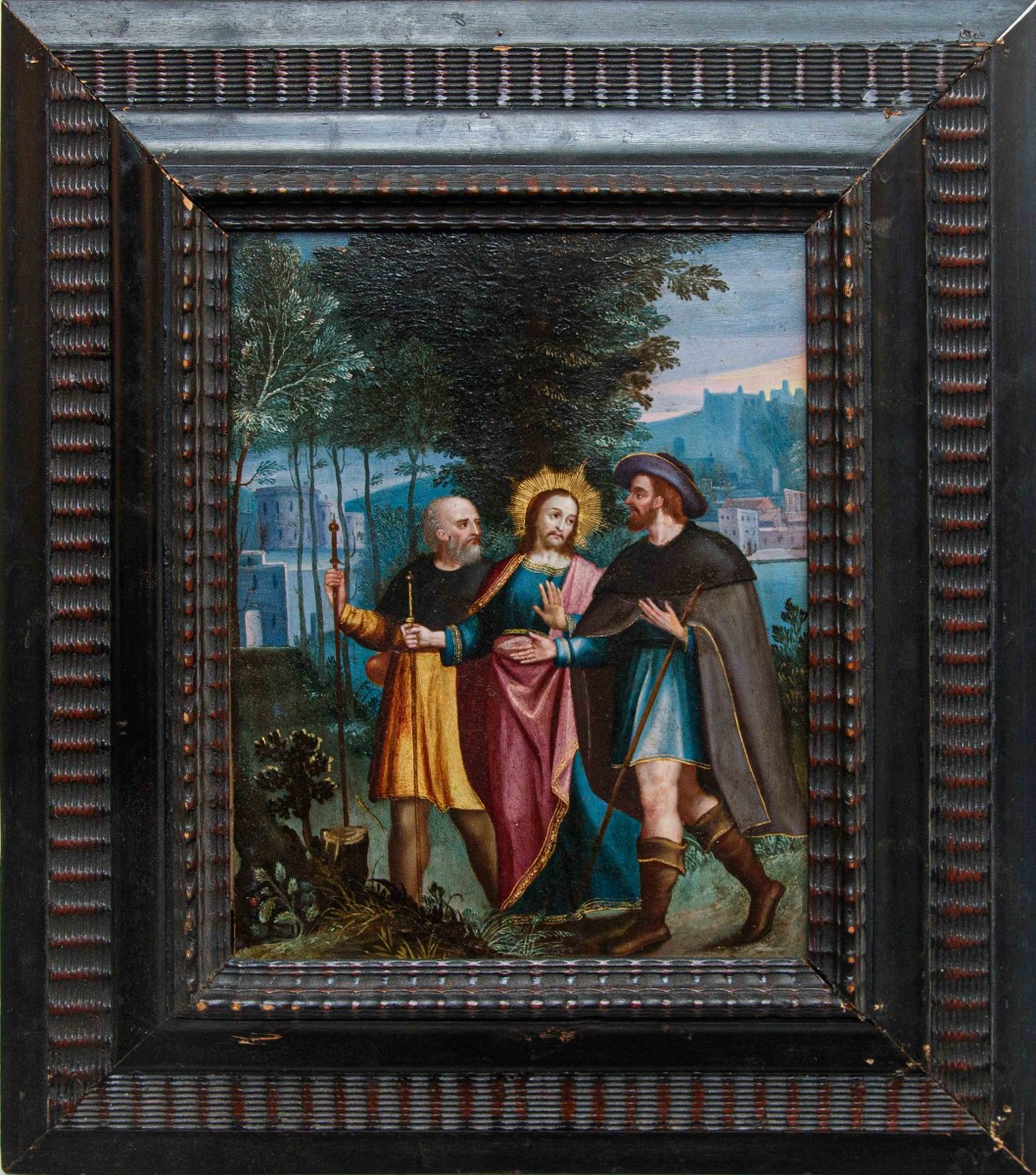

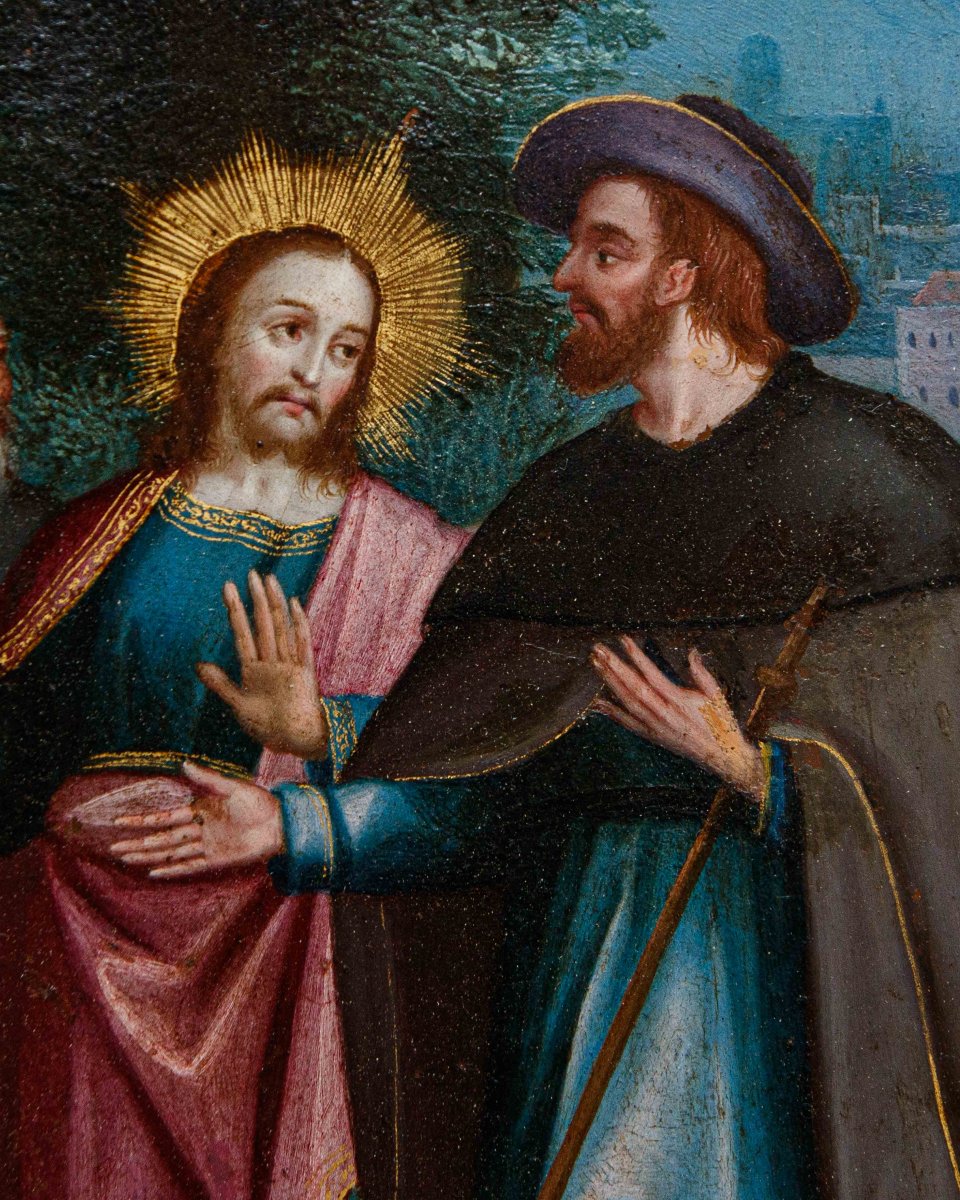
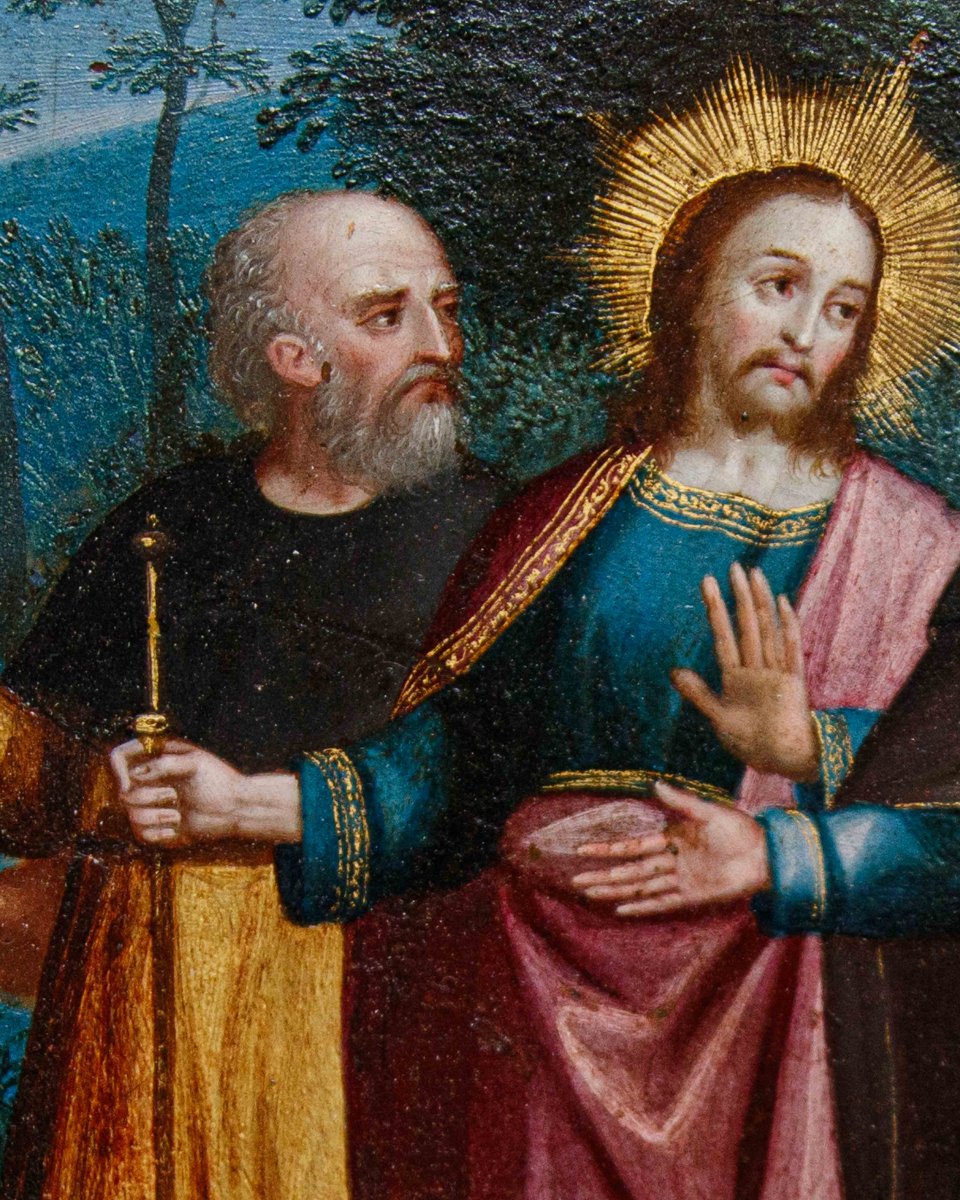
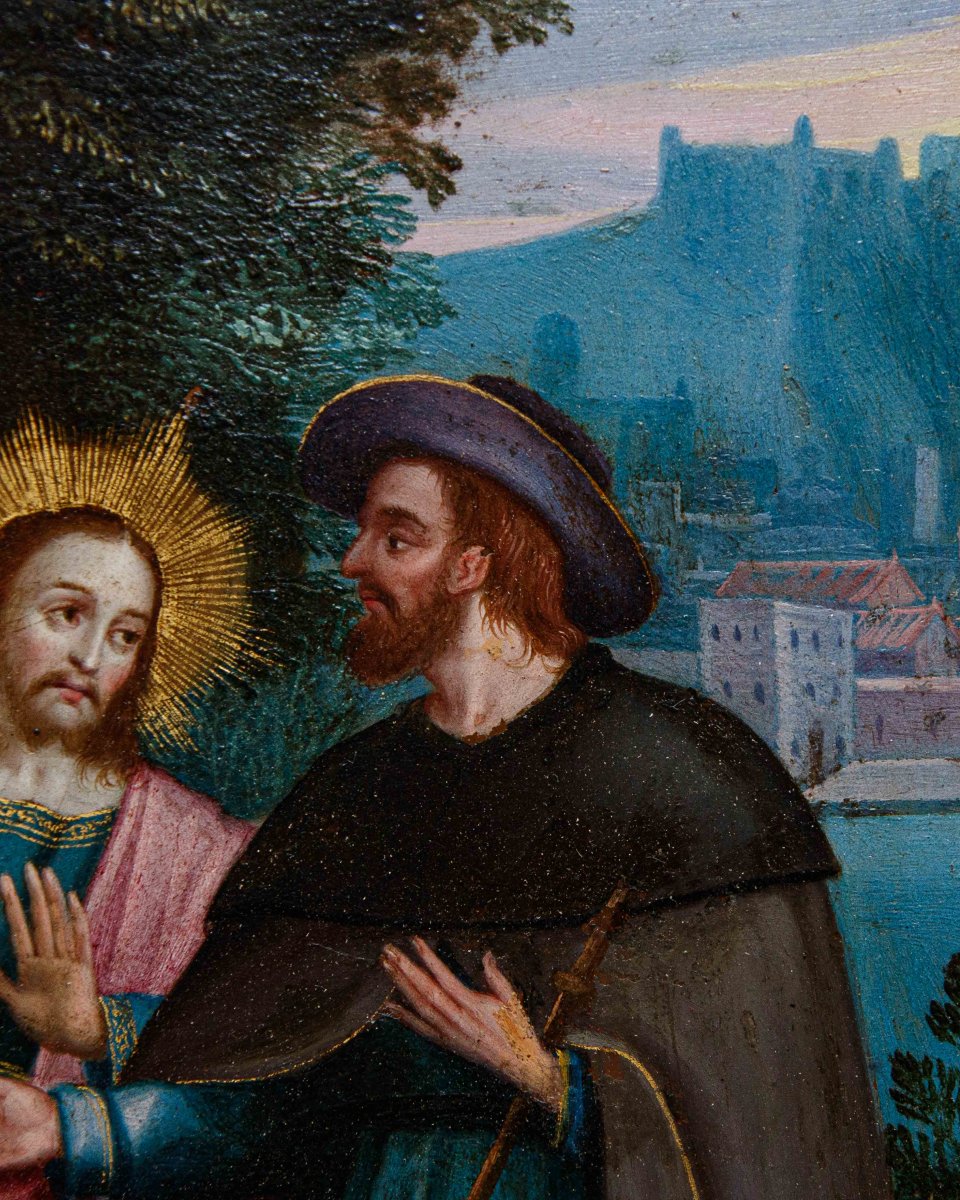
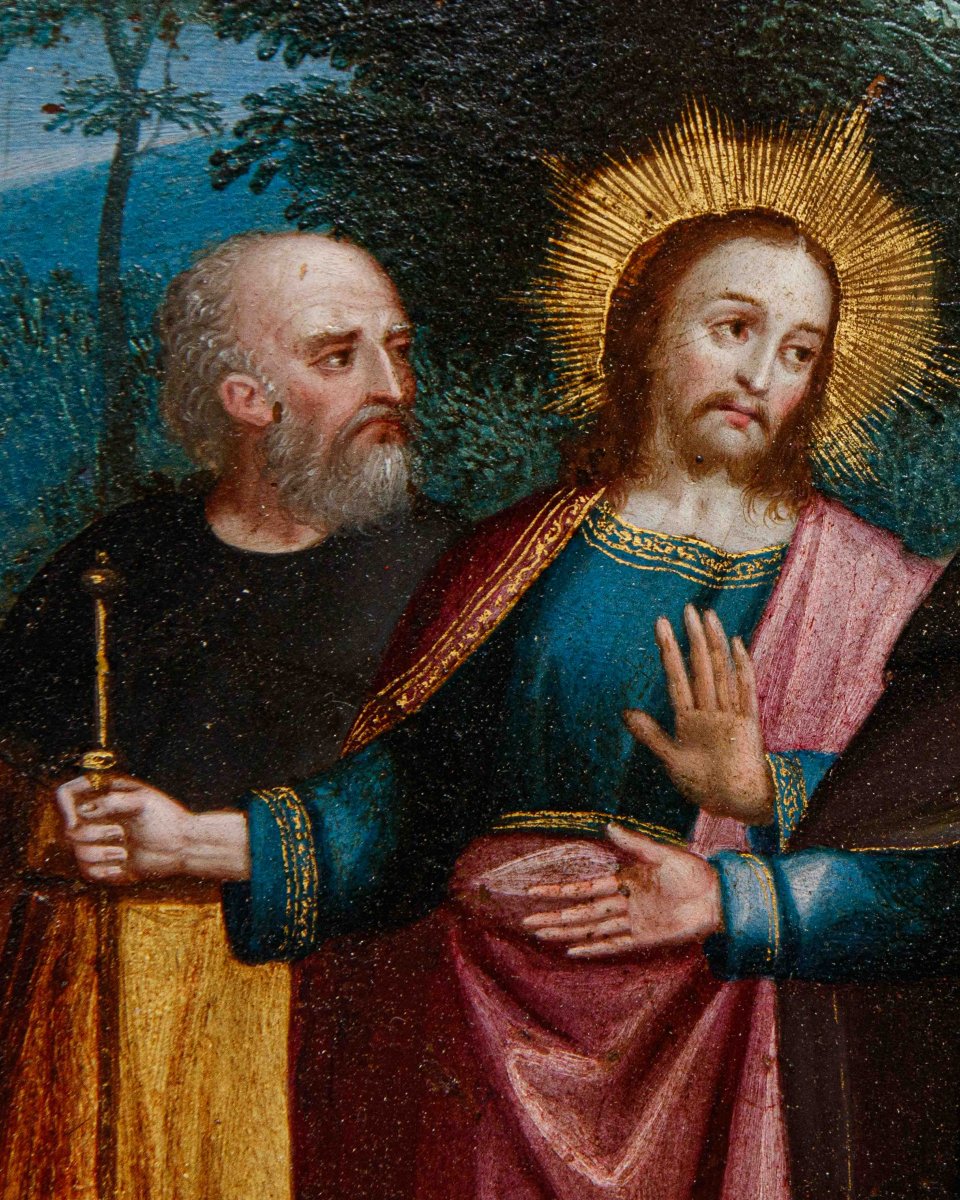











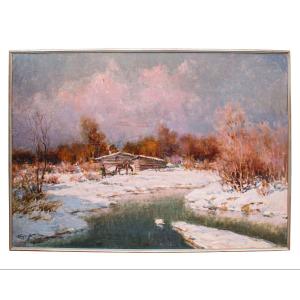

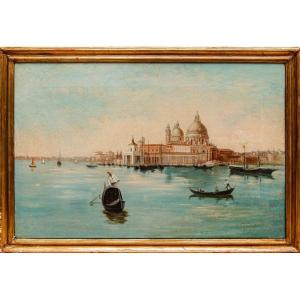







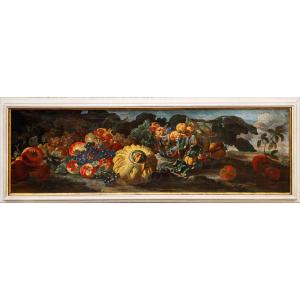

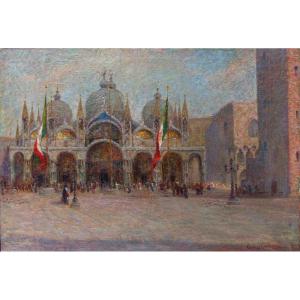
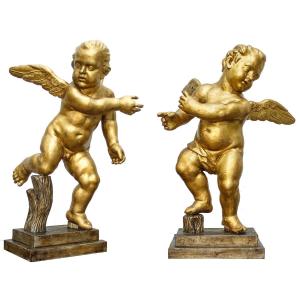


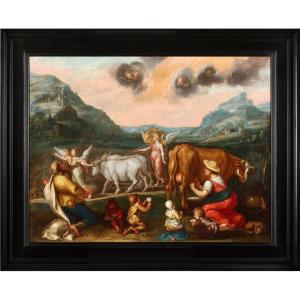

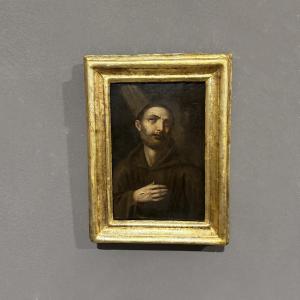
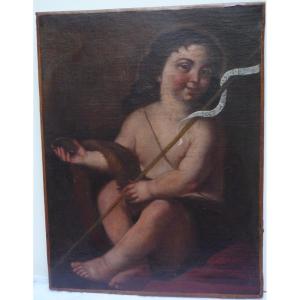



 Le Magazine de PROANTIC
Le Magazine de PROANTIC TRÉSORS Magazine
TRÉSORS Magazine Rivista Artiquariato
Rivista Artiquariato